Technology & Labs
Technology
MDTRC labs are equipped with state-of-the-art research infrastructure that enables the collection of rich and diverse streams of neurophysiological data in addition to traditional behavioural data (e.g., self-reported questionnaires, interviews, focus groups). Combining traditional and NeuroIS methods alleviates some of the shortcomings of relying solely on self-reported data that can be subject to inherent biases.
Technologies
Eye Tracking
Eye tracking enables the non-intrusive collection of real-time gaze data, including measures of fixation durations, saccades, pupil dilation, and more complex patterns of visual scanning and processing over time. This information can provide deep insights into the attentional processes of users and their perceptions of observed stimuli.
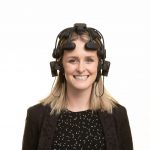
Electroencephalography (EEG)
EEG measures brain electrical activity at various locations on the scalp, generated by coherent firing of large assemblies of neurons within brain structures. EEG signals correlate with a range of discrete perceptual, attentional, cognitive, and affective processes which can be leveraged to gain a more holistic understanding of studied phenomena.
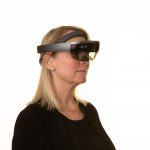
Mixed Reality
Mixed reality and wearable technology is revolutionizing the way we interact with our environment and collaborate with each other. At MDTRC, we strive to understand how to successfully utilize this emerging technology, its applications, and how it impacts different types of users in different contexts.
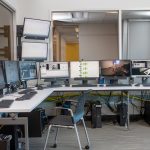
A/V Monitoring and Recording
Video cameras and audio systems allow researchers to monitor, control, and direct the research sessions from observation rooms. Video and audio recordings can be utilized for later in depth analysis.
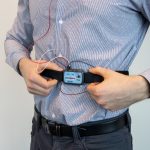
Physiological Measures
Several physiological data streams (i.e., Respiration Rate, Heart Rate, Galvanic Skin Responses, and Facial Electromyography) can be collected to enrich findings and provide additional insights on participants’ physiological states.
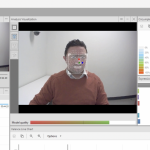
Live Facial Expression Analysis
Video feeds can be used for live facial expression analysis and emotion assessment. Inferring participants’ emotions and how they evolve during an experimental session can provide valuable insights into different studied phenomena.
Labs
MDTRC labs are uniquely designed around how people normally interact with technology in their daily lives in a myriad of natural professional, educational, social, and personal settings. Our different and uniquely reconfigurable lab designs allow researchers to unobtrusively study users as they interact with information technology, whether they’re using the technology alone, in the vicinity of others, or in collaboration with others. Our labs afford a deeper understanding of complex digital transformation phenomena with highly rigorous and actionable results.
Information Box Group
Evidence Based Decision Making Labs
Two identical labs enable investigating and enhancing the experiences of individuals interacting with various stationary and mobile Information and Communication Technologies (ICT). The Evidence Based Decision Making Labs embrace traditional behavioural research methods as well as non-invasive neurophysiological tools.

Reconfigurable User Experience Lab
This lab is suitable for research with multiple co-located individuals simultaneously, and multiple participants collaborating virtually. The Reconfigurable User Experience Lab embraces traditional behavioural research methods as well as non-invasive neurophysiological tools. This room can also be used to monitor the live progress of experiments, providing insights in real time.

Focus Group Room
Located at Ron Joyce Centre building in Burlington, the Focus Group Room enables researchers to conduct in depth interviews and qualitative studies with up to nine participants. Alternatively, this room can be used to monitor the live progress of experiments being conducted in the other MDTRC labs, providing insights in real time.
NEW MOBILE USER EXPERIENCE LAB
Information Box Group
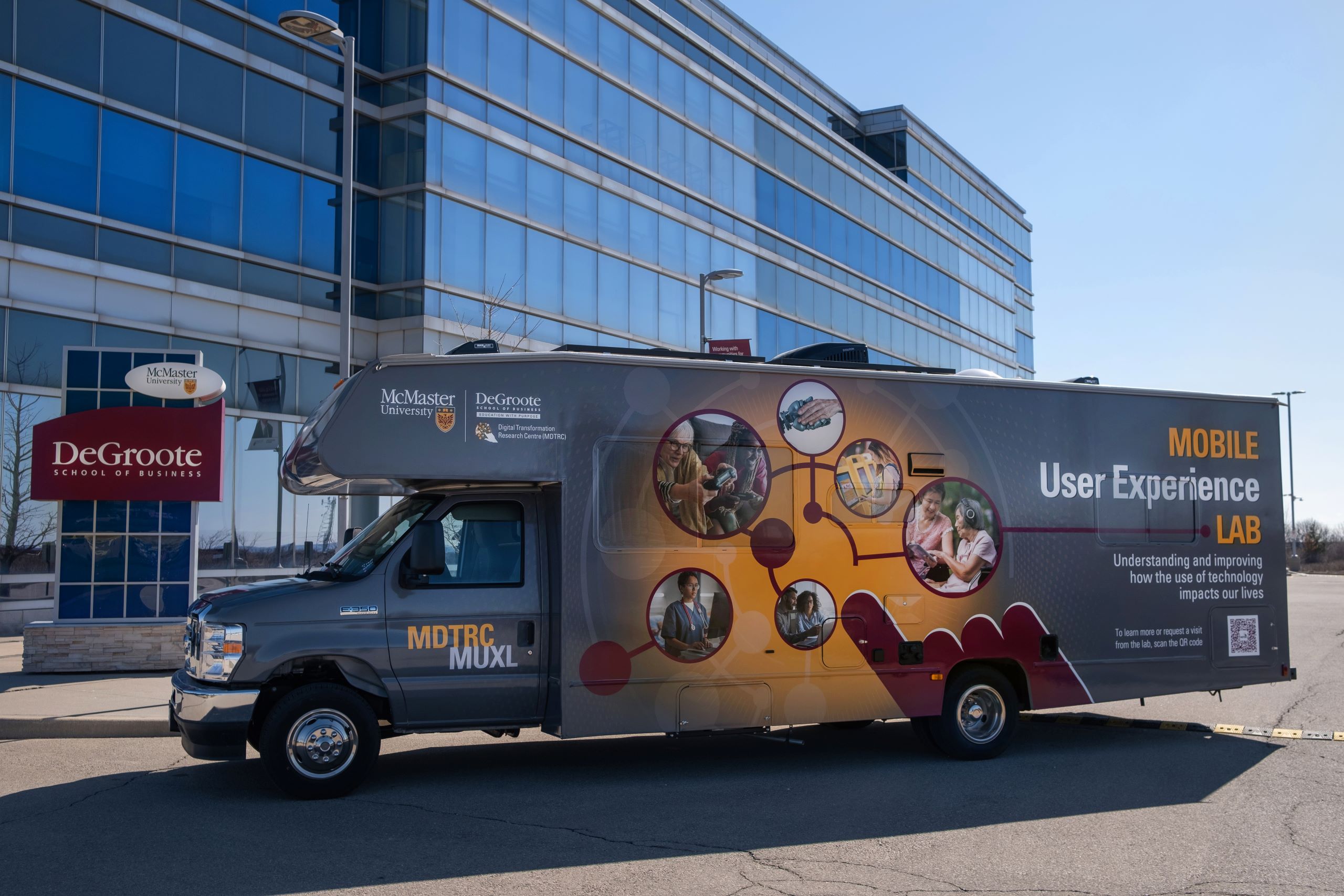
Mobile User Experience Lab Learn More
This one-of-a-kind mobile lab will allow us to take our full research infrastructure to wherever digital transformation phenomena may be. It will allow us to study participants in the field, in natural settings personal, social, and professional contexts. Additionally, the vehicle houses a User–Experience (UX) lab that is uniquely designed to remove inclusion and accessibility barriers for segments of the population that are typically underrepresented in research, difficult to recruit, or would otherwise be discouraged to participate in studies due to various barriers (e.g., mobility).



